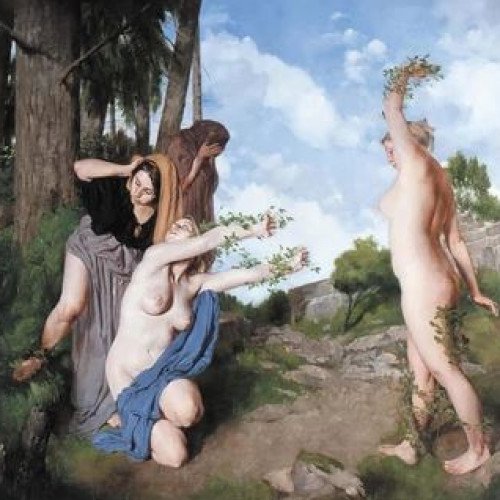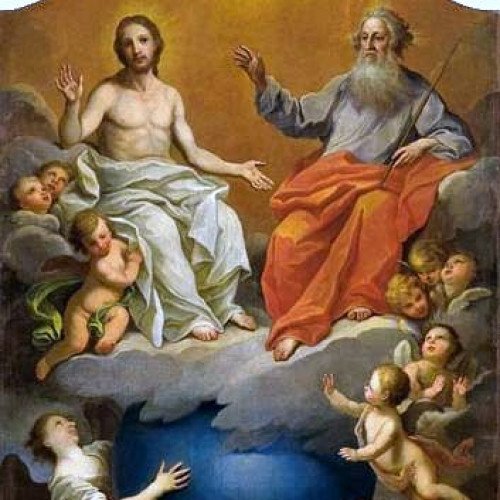Vote on Mythical creatures: Lampetia vs Deity

Lampetia
In Greek mythology, Lampetia (Ancient Greek: Λαμπετίη, romanized: Lampetíē or Ancient Greek: Λαμπετία, romanized: Lampetía, lit. 'shining') was the daughter of Helios and Neaera; she was the personification of light. Her sister, Phaethusa, and she were taken by their mother to guard the cattle and sheep of Thrinacia. She looked after 700 animals in total. She ran to her father when Odysseus' men slaughtered and sacrificed some of his ageless and deathless cattle. Her father, Helios, was enraged and asked the gods to avenge the deaths of his cattle, threatening to bring sunlight to the underworld if the men were not punished. Zeus then sent a lightning bolt down and a storm, killing all of Odysseus' men, a doom that was portended by the meat writhing and lowing on the spits.
Statistics for this Xoptio

Deity
A deity or god is a supernatural being considered divine or sacred. The Oxford Dictionary of English defines deity as "a god or goddess (in a polytheistic religion)", or anything revered as divine. A goddess is a female deity. C. Scott Littleton defines a deity as "a being with powers greater than those of ordinary humans, but who interacts with humans, positively or negatively, in ways that carry humans to new levels of consciousness, beyond the grounded preoccupations of ordinary life".Religions can be categorized by how many deities they worship. Monotheistic religions accept only one deity (predominantly referred to as God), polytheistic religions accept multiple deities. Henotheistic religions accept one supreme deity without denying other deities, considering them as aspects of the same divine principle; and nontheistic religions deny any supreme eternal creator deity but may accept a pantheon of deities which live, die and may be reborn like any other being.Although most monotheistic religions traditionally envision their God as omnipotent, omnipresent, omniscient, omnibenevolent, and eternal, none of these qualities are essential to the definition of a "deity" and various cultures conceptualized their deities differently. Monotheistic religions typically refer to God in masculine terms, while other religions refer to their deities in a variety of ways—male, female, hermaphroditic, or genderless.Historically, many ancient cultures—including the ancient Mesopotamians, Egyptians, Greeks, Romans, and Norsemen—personified natural phenomena, variously as either deliberate causes or effects. Some Avestan and Vedic deities were viewed as ethical concepts. In Indian religions, deities were envisioned as manifesting within the temple of every living being's body, as sensory organs and mind. Deities were envisioned as a form of existence (Saṃsāra) after rebirth, for human beings who gain merit through an ethical life, where they become guardian deities and live blissfully in heaven, but are also subject to death when their merit is lost.